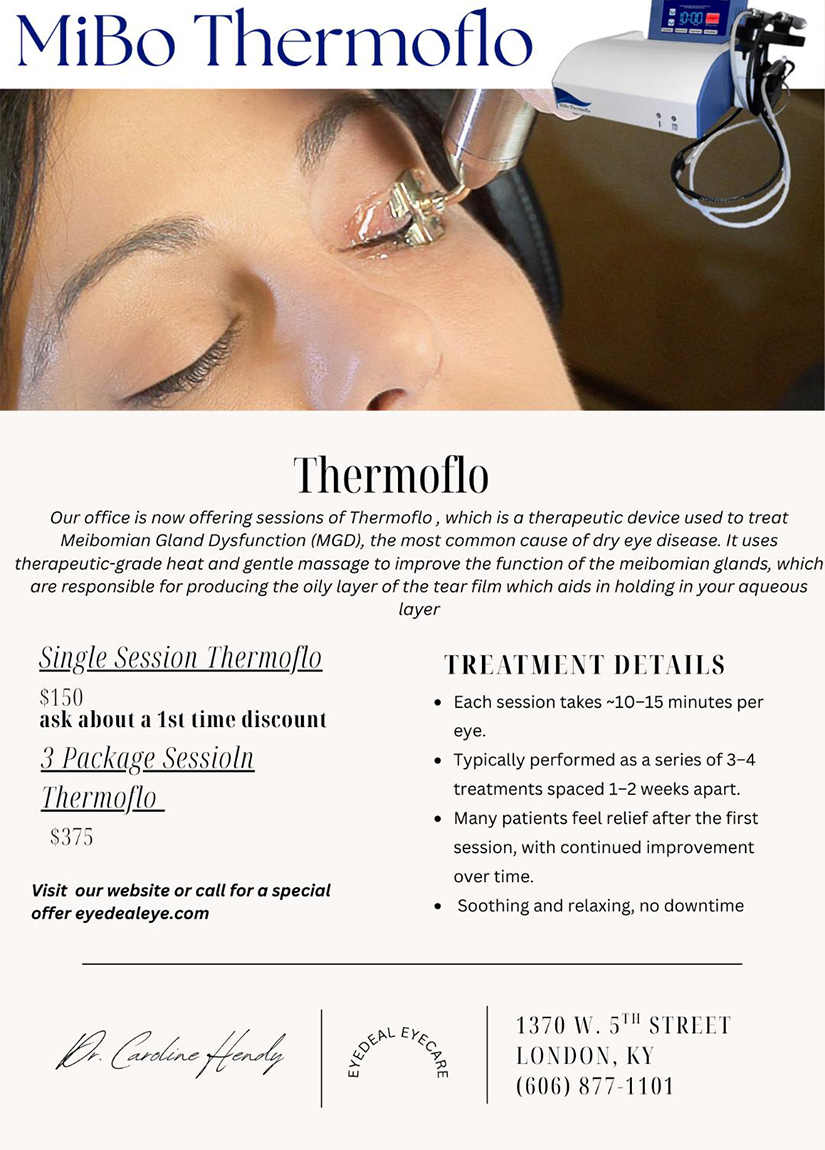Dry Eyes

WHAT IS DRY EYE?
Dry eye is a chronic disease of the surface of the eye characterized by a decreased quality of tears to sufficiently lubricate the eyes. This may cause symptoms such as burning, excessive tearing, irritation and itchiness. Dry eye can have multiple causes including tear film instability and hyperosmolarity, ocular surface inflammation and damage, and neurosensory abnormalities. Fortunately, dry eye treatments are available to help reduce symptoms and increase a patient’s quality of life.

WHAT IS THE PREVALENCE OF DRY EYE?
Dry eye can affect anyone at any age. Below is a graphic representation of the ages most affected by dry eye.
WHAT ARE THE SYMPTOMS OF DRY EYE?
Stinging or burning
Excessive tearing
Discharge
Pain
Redness
Heavy sensation
Blurry vision
Scratchy sensation
Feeling that something is in the eye (foreign body sensation)
WHAT CAUSES DRY EYE?
Age
Gender (women)
Windy, smoky, or dry environments
Seasonal allergies
Prolonged periods of screen time
Laser eye surgery
Medications (antihistamines, antidepressants, birth control pills, etc.)
Autoimmune disorders (Sjogren’s syndrome, diabetes, thyroid disease, etc.)
Rosacea

WHAT IS DRY EYE?
During your routine eye exam, your doctor may ask you to fill out a questionnaire to assess various common symptoms of dry eye. This questionnaire – in addition to a general eye health screening – is used to evaluate your eyes. Once we determine that you have dry eye, we will use the following diagnostic equipment to help determine the exact cause of your dry eye:
Slit lamp
This high-power biomicroscope allows doctors to closely view and assess the health of the surface of your eye and the glands that produce oil called the meibomian glands.
OCULUS KeratographⓇ
This high-tech device helps doctors analyze the different components of your dry eye including the degree of redness in eyes, tear film stability, and oil production.





